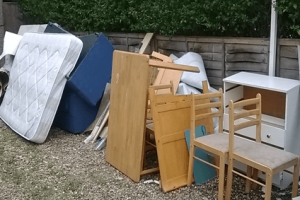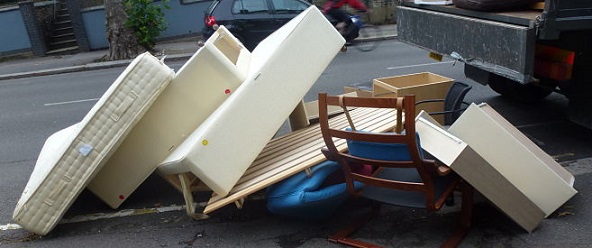Removing old furniture can be both physically demanding and mentally exhausting. Whether you’re upgrading your home decor, moving to a new place, or simply decluttering, dealing with bulky and outdated furniture is often one of the most daunting parts of the process. This guide provides practical advice and smart tips to help you handle old furniture removal efficiently and responsibly.
Understanding the Scope of the Task
 The first step in furniture removal is understanding what needs to go. It’s common to accumulate pieces over the years that no longer serve a purpose or suit your style. Start by walking through your home and identifying items that are broken, rarely used, or visually out of place. Beds, sofas, cabinets, chairs, and desks often top the list.
The first step in furniture removal is understanding what needs to go. It’s common to accumulate pieces over the years that no longer serve a purpose or suit your style. Start by walking through your home and identifying items that are broken, rarely used, or visually out of place. Beds, sofas, cabinets, chairs, and desks often top the list.
Once you’ve identified the pieces to remove, consider their condition. Items in decent shape might be suitable for donation or resale, while broken or heavily worn pieces may need to be recycled or discarded. This assessment will help you plan the removal process with clarity and efficiency.
Planning Your Removal Strategy
A well-thought-out plan can save you time, effort, and even money. Consider your schedule, the size and weight of the items, and whether you’ll need extra hands to assist. If you’re working with limited time or physical capacity, hiring professionals can be a worthwhile investment. Many junk removal services offer convenient and fast solutions, including lifting, loading, and proper disposal.
However, if you prefer a DIY approach, break down large furniture into manageable parts. Remove drawers from dressers, take apart bed frames, and detach legs from tables. This makes it easier to navigate tight corners and narrow doorways, especially in apartment buildings or older homes with limited space.
Donating vs. Selling: Making the Most of Unwanted Furniture
Just because a piece of furniture no longer suits your space doesn’t mean it can’t serve someone else. If the items are still in good condition, consider donating them to local charities, shelters, or second-hand shops. Many organizations offer free pick-up services, making the donation process convenient and rewarding.
Alternatively, you can try selling your furniture online. Platforms like Facebook Marketplace, Craigslist, and specialized apps offer a great way to reach local buyers. Take clear, well-lit photos and write honest descriptions to attract interest. Pricing your items reasonably will increase the chances of a quick sale.
Eco-Friendly Disposal Options
Disposing of furniture responsibly is more important than ever. Dumping furniture on curbsides or in landfills adds to environmental stress and often violates local regulations. Instead, look into eco-friendly disposal methods.
Some municipalities provide bulk waste pickup services, while others require you to drop off large items at specific locations. Recycling centers may accept wood, metal, and plastic components from old furniture. It’s worth making a few calls or checking city websites to understand your options.
You can also explore upcycling. Many people are turning to DIY projects to give old furniture a second life. A bit of sanding, painting, or reupholstering can transform a worn-out piece into something stylish and unique.
Hiring Professionals: When to Call the Experts
In some cases, removing furniture yourself may not be practical. Large-scale cleanouts, estate sales, or hoarding situations may require expert help. Professional furniture removal companies have the experience, manpower, and tools to handle such jobs efficiently.
They also take care of sorting and disposal, often recycling or donating what they can. When hiring a service, look for companies that are licensed and insured. Check online reviews and ask about pricing upfront to avoid surprises. Many services now prioritize sustainability, so if eco-conscious disposal is important to you, be sure to mention it during the consultation.

Preparing for a Smooth Removal Day
Whether you’re doing it yourself or hiring help, preparation is key. Clear pathways in advance to avoid accidents or damage. Protect your floors and walls using blankets or corner guards, especially when moving heavy or bulky items. If you’re in an apartment or shared space, inform your neighbors and building management about your plans, especially if you’ll be using common areas or elevators.
Keep tools like screwdrivers, pliers, and measuring tape handy. Having these on hand can speed up the process if adjustments or disassembly are needed on the spot. Don’t forget to wear gloves and comfortable clothing to minimize the risk of injury.